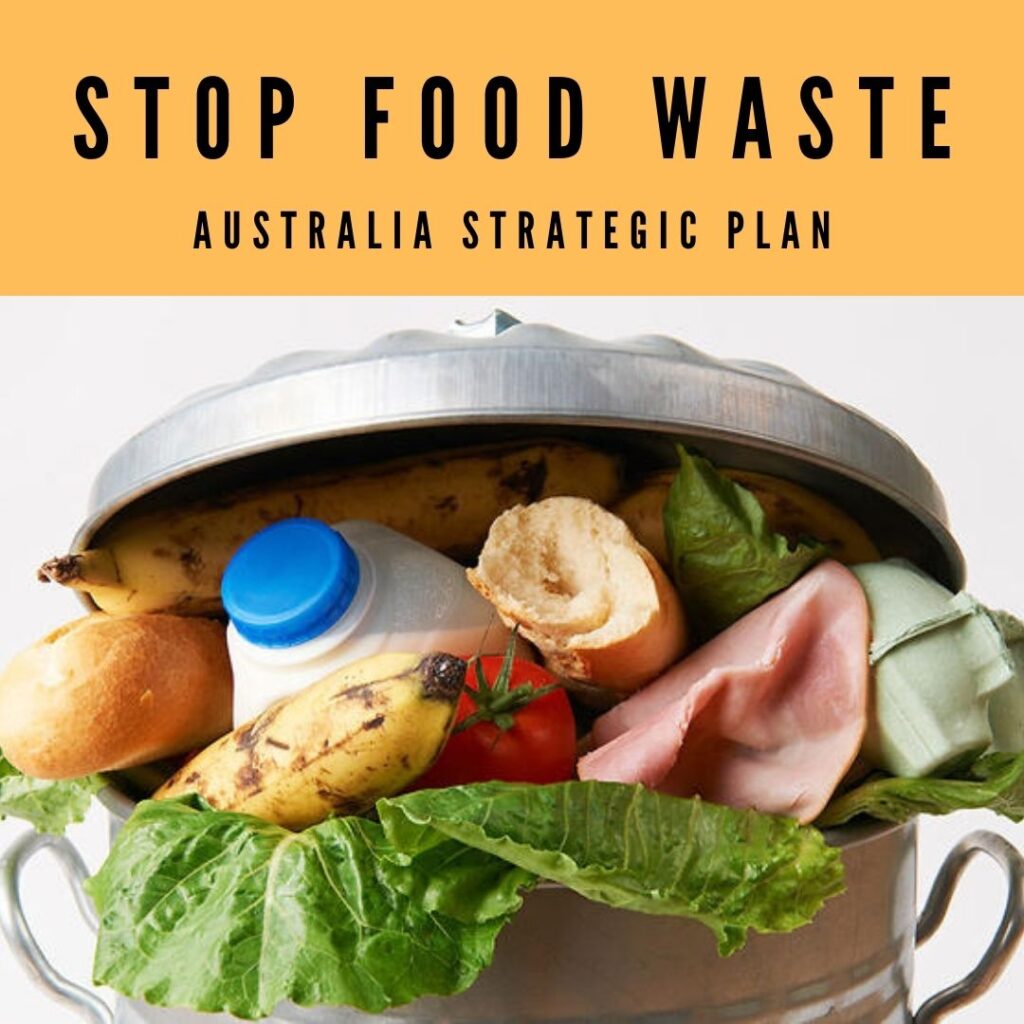Every year, Australia produces around 7.3 million tonnes of food waste across the supply and consumption chain. This costs the Australian economy around $20-$25 billion a year. The environmental cost is also said to be high, with food wastage in Australia accounting for approximately 5% of the national greenhouse gas emissions.

The number of Australians experiencing food insecurity increased to 28% in 2020 due to COVID-19 and were mainly younger people. Fruit and vegetables that do not meet specifications required by retailers are mostly thrown away, some of which are of high enough quality to feed vulnerable Australians. Thus to stop food waste methods had to be adopted. The wastage is also hurting those Australian farmers who have spent time and resources to produce crops.
This is why strategic ways to avoid food waste in Australia are so important for sustaining life. Moreover, this will help the nation cope with upcoming food shortages in years.
The Challenge
Globally, approximately one billion tonnes of food produced for human consumption goes to waste each year. Australian food wastage statistics revealed that $20 billion is lost to the economy through food waste and about 2.2 million tonnes of food go to waste each year.
Food waste occurs in primary production, processing and manufacturing, distribution, retail, households, and food service. These occur in instances such as product loss due to pests, spoilage due to inadequate temperature control, and confusion over use-by and best-before date labeling in households.
The Australian Government is investing over $10 million to support research on reducing waste through organizations such as Cooperative Research Centers, Food and Agribusiness Growth Centre, and Agricultures Australia. These organizations support each other to develop higher-value products from converted or retrieved food waste.
Battling The Challenge
The Australian government has pledged to provide $1.37 million in funding to support a variety of programs designed to halve food waste by 2030. In order to move forward, further research and a strategic plan of action are necessary.
About $1 million will be used to create an independent organization that will develop an implementation plan that recommends specific actions that can be undertaken to reduce Australian food waste. The government will also create a voluntary commitment program that focuses on commercial and industrial food waste.
$370,000 in funding will go toward the establishment of a National Food Waste Baseline, which will be used to monitor waste levels and track the nation’s progress toward its 2030 goal.
In regards to business, the government has committed to identifying areas for improvement and investment, encouraging innovation, supporting technology adoption, and normalizing food waste considerations into business practices.
It also aims to change the behavior of consumers and engage the workforce in food waste-related projects.
How Does The Food Waste App Help?

The latest Australian food waste app developed sounds promising in its goals and goes with the government protocol as well.
Developers of the app have incorporated artificial intelligence into their kitchen-management and grocery-list app, which is aimed at reducing domestic food waste.
The latest release of the EatBy App automatically suggests how long fruit, vegetable and frozen items will stay fresh, then reminds consumers to use them before they go off. According to the developers, the app also learns the storage habits of individual users.
Not everyone’s kitchen is the same and different food-storage environments affect the shelf life. The app addresses this problem by learning as it’s used over time.
Domestic food waste is now a large contributor to the global food-waste problem. Supermarkets, which have been blamed for large quantities of unsold food being wasted, have made substantial changes that have reduced food waste in the supply chain. However, the problem of food waste at home is still huge.
Users and media praised initial versions of the app, despite the user interface being described as clumpy. Subsequent versions have addressed this, incorporating a more intuitive and attractive interface.
Designers at EatBy say they are now developing the app to make the best use of the freezer in an effort to make users more aware of the benefits of freezing food to further prevent food waste.
EatBy is also developing smart kitchen hardware that will make kitchen management simple.
Artificial intelligence does not need to be scary, said the developers. In EatBy’s case, it’ll simply help make life better. Their technology is aimed at families, foodies, and people who love to cook.
They’re not interested in creating futuristic, sterile kitchens but interested in encouraging everyone to eat delicious fresh food, reduce food waste and save money.
Conclusion
Confronting social and economic issues of food waste requires a change in food waste resources, reduced supply chain losses, and engaging society to encourage behavior changes.
Other ideas to promote a solution to food waste include tax incentives for food donations to increase food access for vulnerable Australians. Increasing efficiencies at the farmgate is an ongoing challenge and require meaningful action from the entire community.
